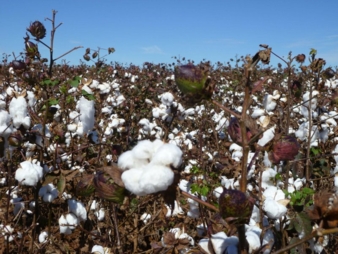11/03/2020 – Central Asia — auf Deutsch lesen
Central Asia: Consumption booms while exports falter
Central Asia cotton consumption is expanding significantly. Share of world exports has dropped per annum since 2015/16.
Central Asia cotton consumption is expanding significantly as countries implement political measures to curb exports and to support value-added use. Share of world exports has dropped per annum since 2015/16 as 2019/20 shipments are projected to be less than half of the region’s exports just four years earlier. With stable production, major producing countries such as Uzbekistan, Turkmenistan, and Tajikistan have sought to secure greater domestic supplies for inward processing and downstream exports (e.g. cotton yarn, fabric, and garments).
Uzbekistan
Uzbekistan banned exports starting this month, a similar measure to Turkmenistan banning exports in 2018/19 (for a brief period); Tajikistan had also discussed following the same measure. Uzbekistan comprises the bulk of production and use, with the 2019/20 forecast accounting for more than three-fourths of the region’s total consumption. Government funding and support for cotton “clusters” has encouraged foreign and domestic companies to implement a more fully integrated supply chain. These companies are expected to improve efficiency of lint production via drip irrigation and machine harvesters (versus handpicked), expand spinning mills’ operating capacity, and further develop fabric and garment manufacturing as they shift to exports of value-added cotton products versus unprocessed lint. Expanded capacity is evident with record first quarter (Aug - Oct) cotton yarn exports for the respective period.
Tajikistan
Greater government and foreign investment has also been evident in Tajikistan, as the government proposed to establish a full cycle of processing cotton by 2025. The country has recently expanded spinning capacity with additional government and Chinese investment.
Turkmenistan
Turkmenistan, the region’s second-largest producer, temporarily embargoed exports in 2018/19 (record low volume) to ensure adequate supplies for domestic consumers.
Challenges in regard to expanding exports of processed products include consistent and sufficient domestic crops, affordable electricity, reliable and timely transportation for exports, and mill access to financing. Nonetheless, Central Asia’s 2019/20 cotton consumption is forecast at a record.
Source: USDA, FAS: Cotton: World Markets and Trade, January 2020




